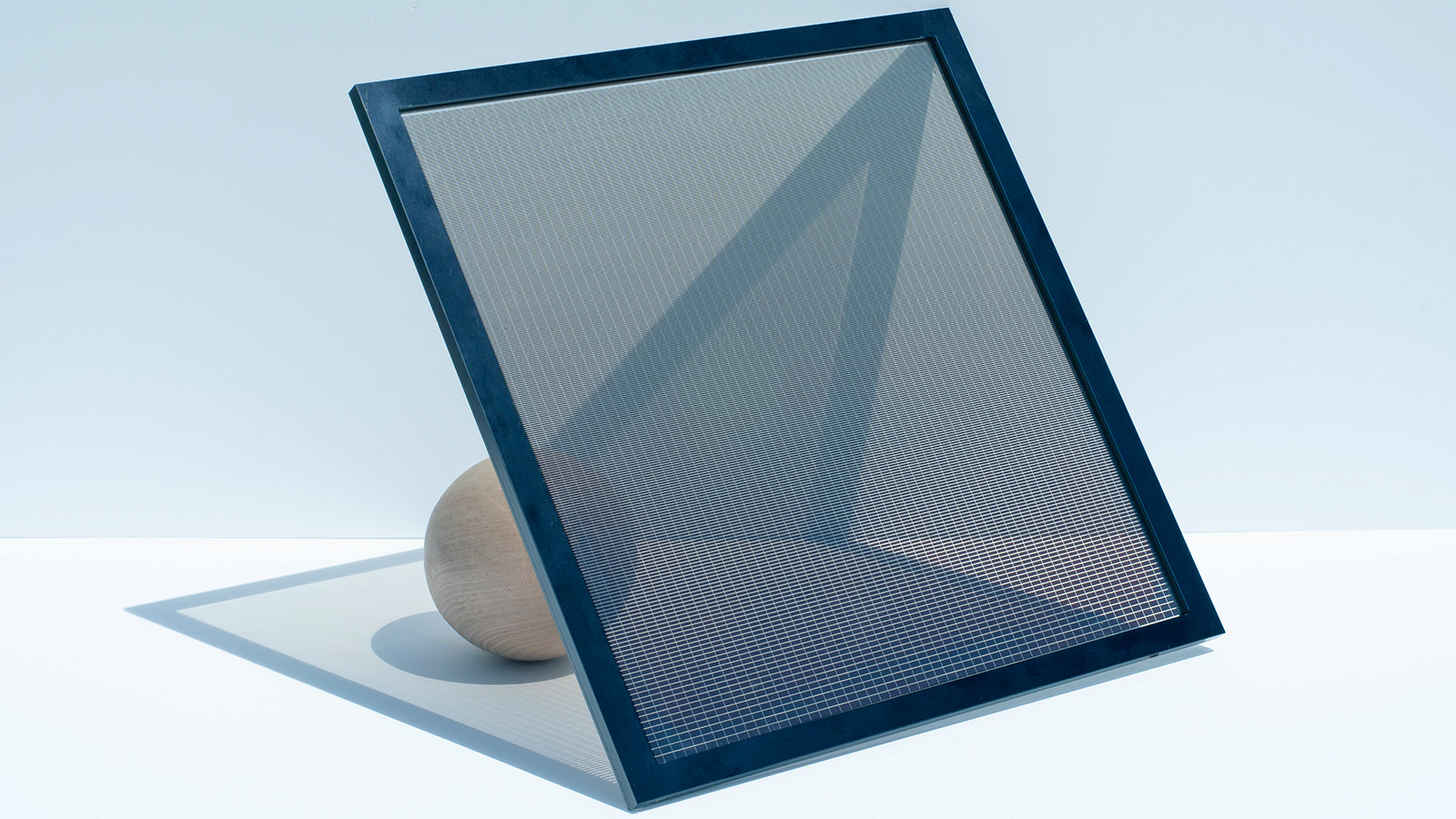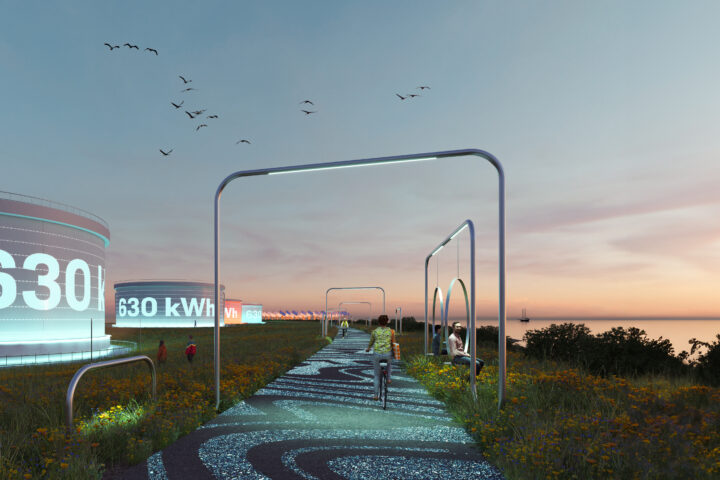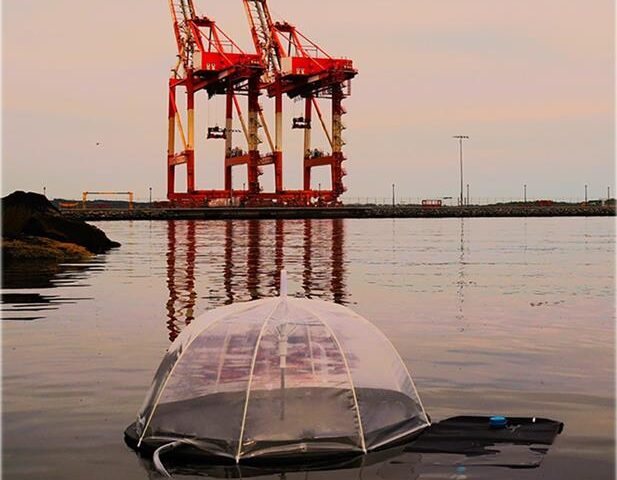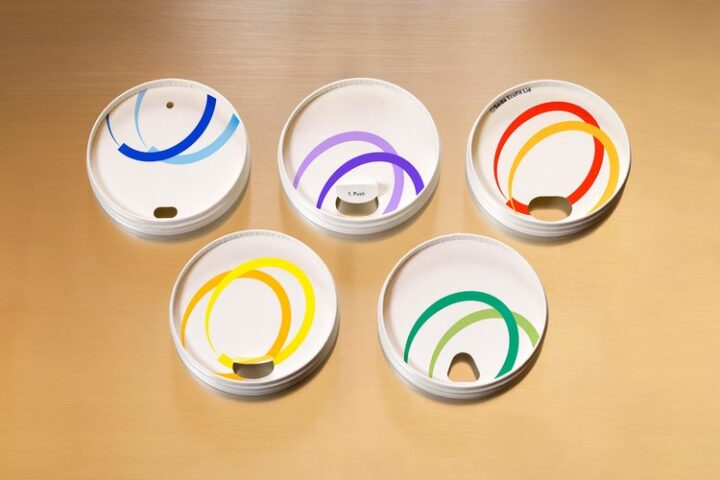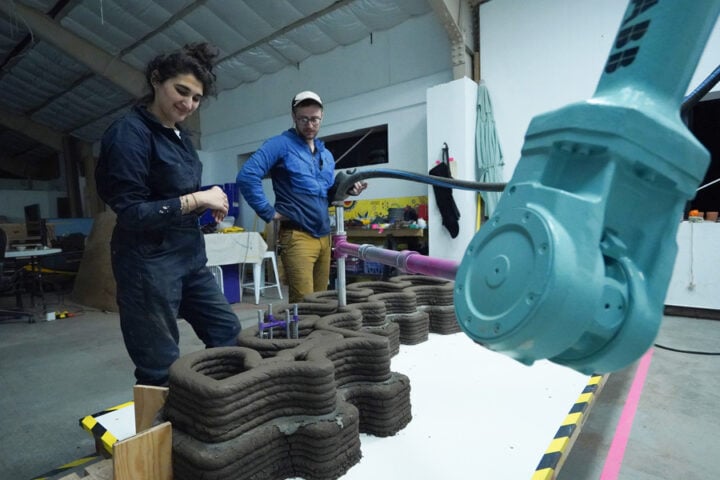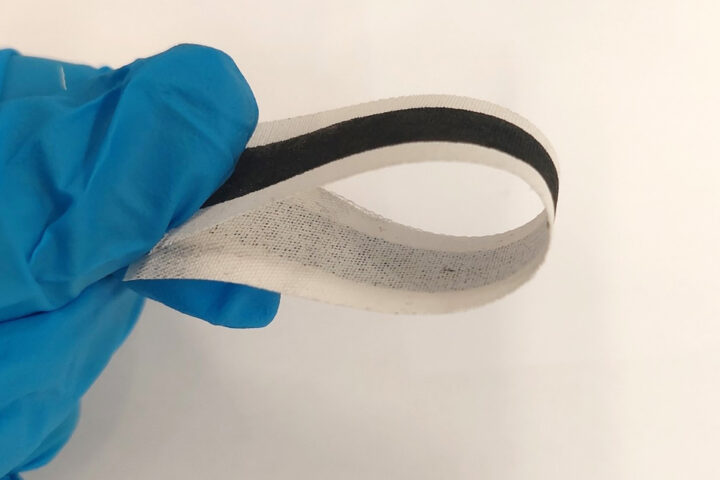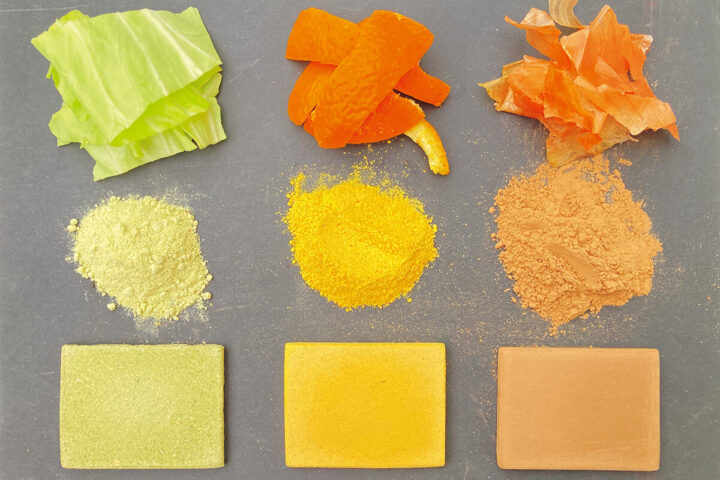Panasonic’s Perovskite Photovoltaics Glass is at the forefront of raising environmental awareness and helping people adopt a greener lifestyle. The focus on sustainability has undergone a serious shift in people’s daily lives. Panasonic, one of the pioneers in the growth of technology, constantly strives to push the boundaries. As per their forward-thinking, by 2028, every glass panel will play a role in promoting a sustainable future, illuminating our structures, and improving our well-being. From Panasonic’s innovative perspective, the potential of this approach takes further examination and makes this product easily obtainable in the near future.

The experiment, which started in 2014 and was successfully completed in 2023, was a big win. Panasonic’s researchers and developers team set up the Perovskite Photovoltaics Glass on the balcony windows of a test house in Kanagawa during its trial run. Currently, Panasonic envisions ‘power-generating glass’ as a means to produce electricity for buildings. Panasonic’s goal is to make this project a revolutionary in reality.
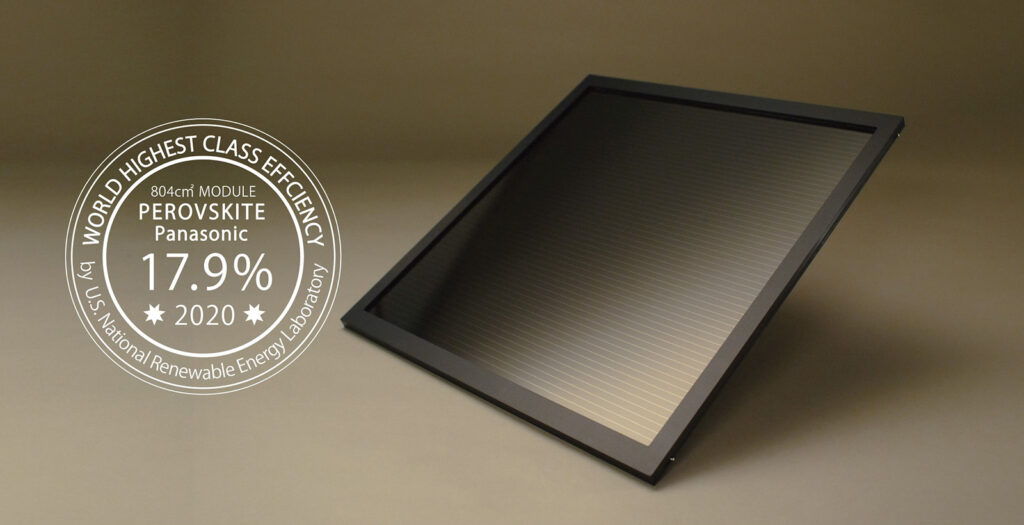
Similar Posts
To achieve this, Panasonic cleverly combined ink coating and laser processing technology to give the glass high flexibility. This means customers can customise the product’s size, transparency and even the overall look. The combination of both technologies to make precise changes and provide a variety of customisation and adaptation options is a good advantage. This project’s accomplishment lays the foundation for future developments and simplifies the smooth integration of energy generation technologies into building components.
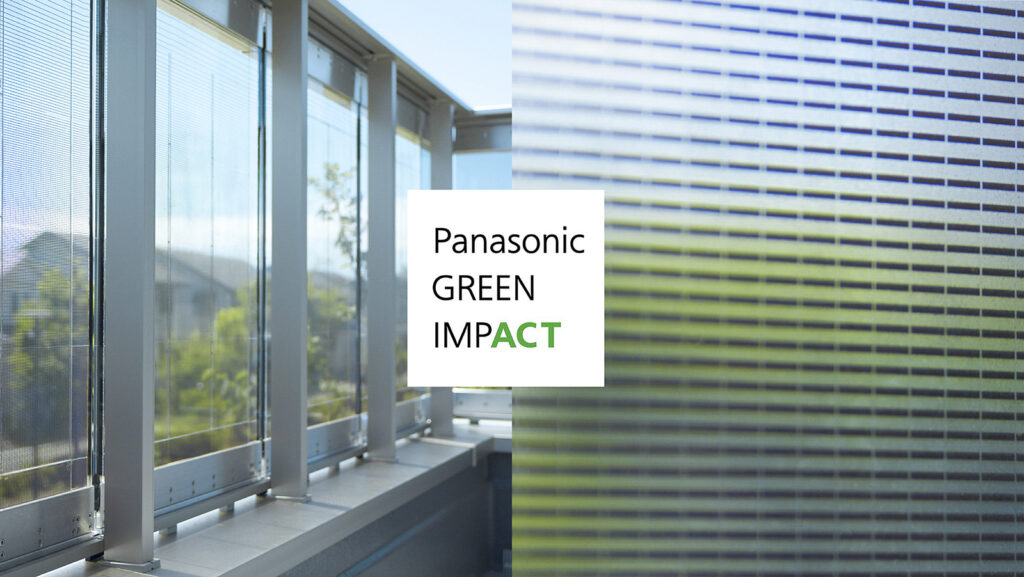
Using specialised windows and walls powered by perovskite solar technology can have a powerful impact in urban areas where space for traditional solar panels is limited. Through this innovative mission, Panasonic is intent on promoting greener and more sustainable lifestyles in crowded cities. Panasonic’s Perovskite Photovoltaics Glass project is aiming to balance urban cities with clean energy, which benefits overcrowded cities and minimises harmful carbon emissions.
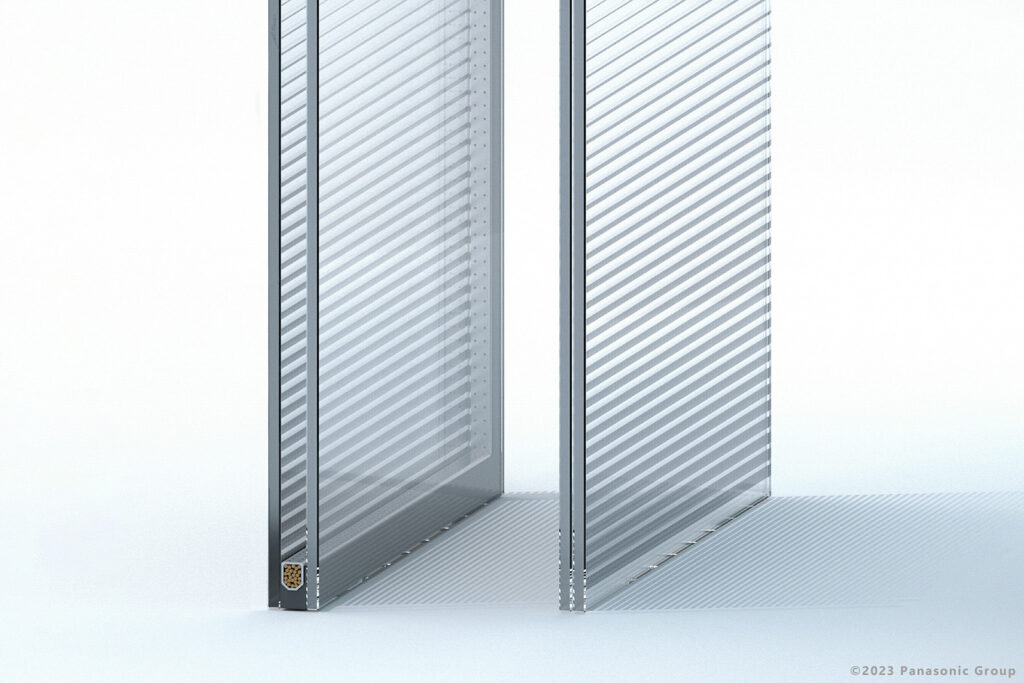
Incorporating both inkjet coating and laser processing techniques, the Panasonic team successfully fused a photovoltaic film on a glass surface. This method features flat stripes on the glass; each stripe is added in a horizontal manner with its own ascending shape and thickness. These horizontal stripes perfectly control the amount of incoming sunlight. Perovskite is bigger than a large pizza (800 cm^2) and is like the king of converting sunlight into electricity. The approach is very innovative, and the official score is 17.9%, which is the highest recorded in the world!.
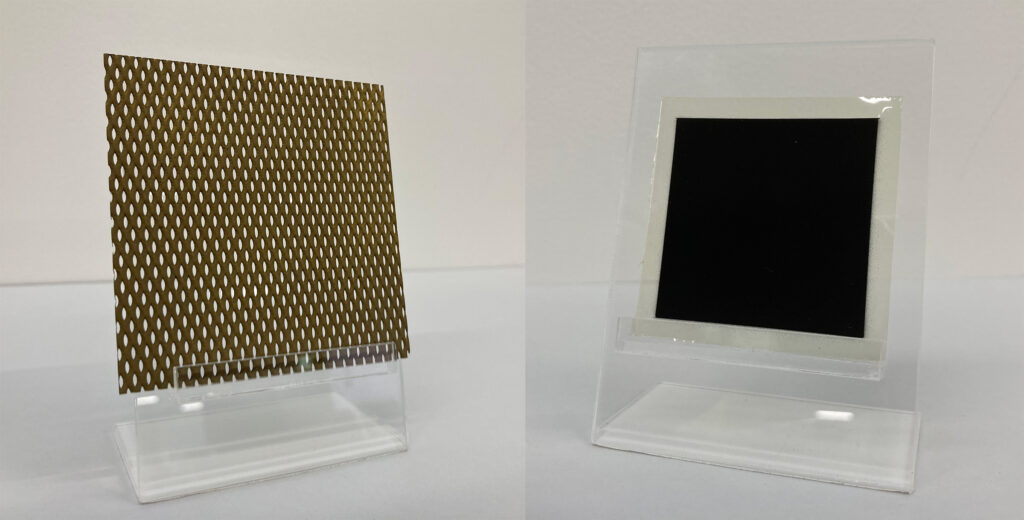
Panasonic’s research and development team works hard on new technology that is believed it will be available in the future for everyday use. The company report states that the project is in testing phase and has an efficiency of 18.1%, indicating its power output in production. This level of efficiency is slightly lower than what we see in home solar panels. So it may take some time for consumers to use this technology, but Panasonic is moving forward to test and improve it.
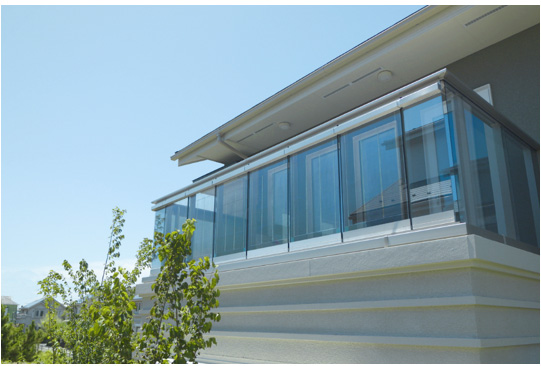
The advantages of using perovskite cells are that they have a higher level of silicon fusion in the manufacturing process, require less energy, and can be produced at temperatures as low as 200°C. But meeting a household’s high energy needs comes at a cost that could become a challenge for everyday consumers as bills are likely to rise. Panasonic’s R&D team is engaged in closing this gap and making technology more attainable for common people. The most recent report demonstrates a notable increase of 30% in efficiency has been recorded in a controlled lab environment. Thus, these cells containing silicon have a longer lifetime compared to pure perovskite cells.

Panasonic’s activities in solar technology are not just improving efficiency; they are also working to make it more accessible to consumers. An incredibly successful development is the integration of silicon and perovskites, which holds significant promise for increasing the efficiency of functional solar cells.

